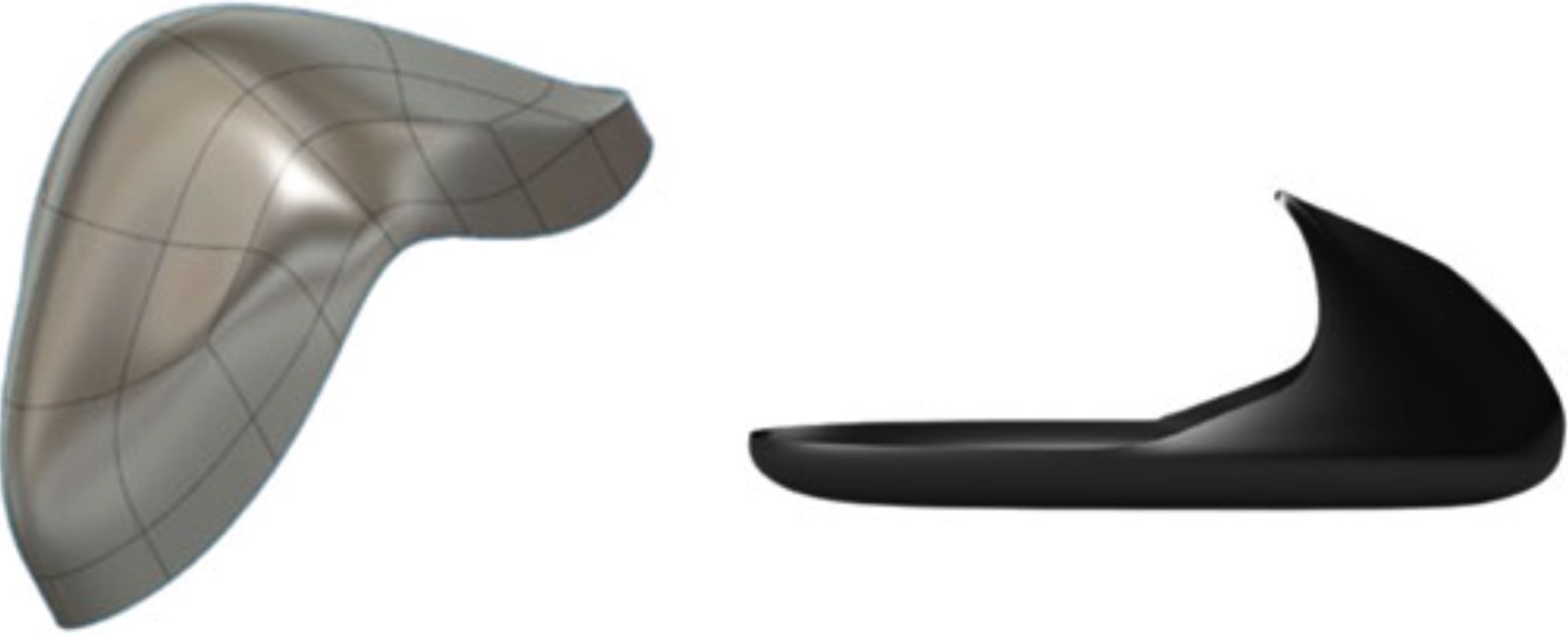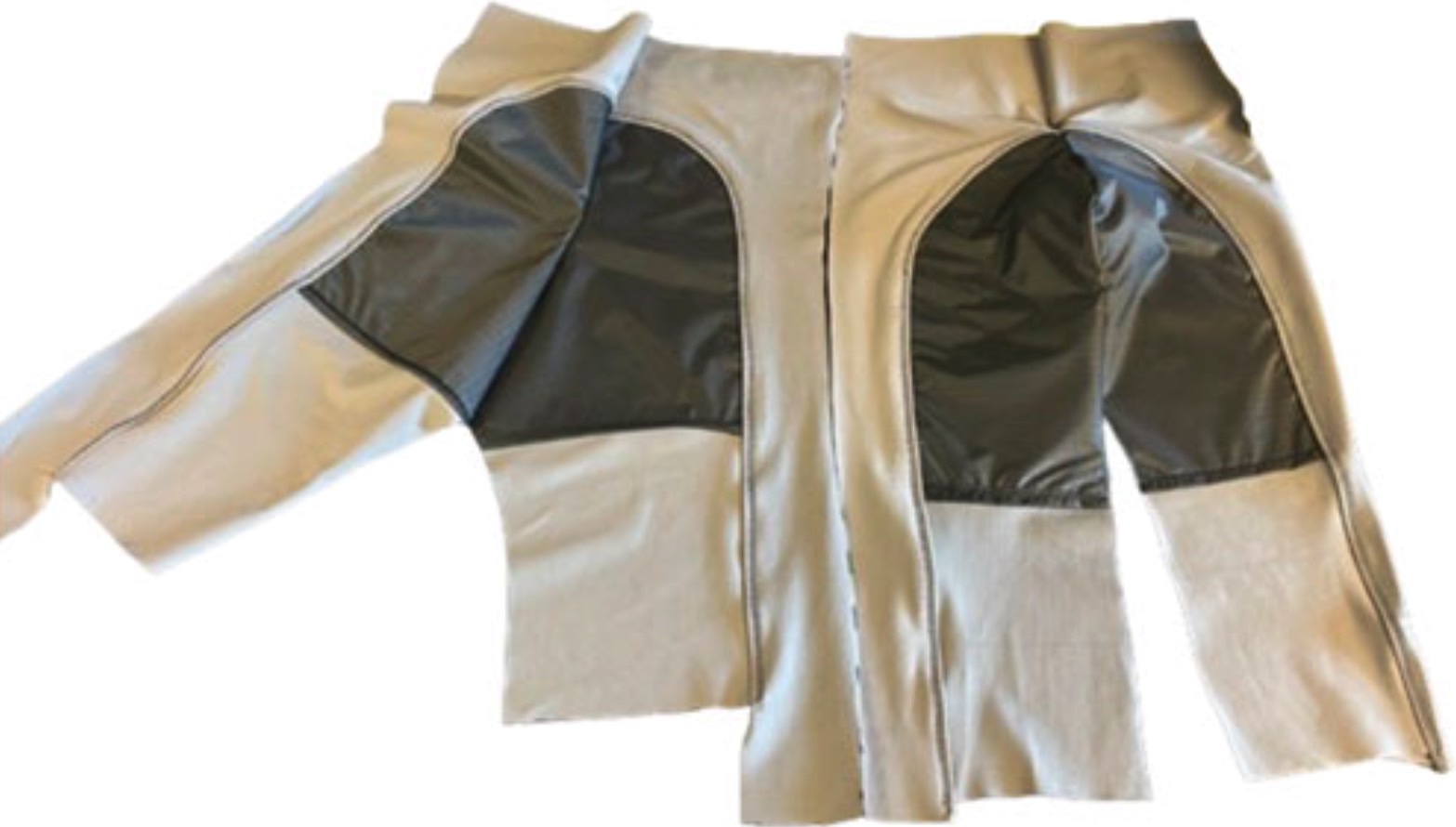Crazy New Spacesuit Could Let Astronauts Drink Their Own Filtered Urine
We want to reach the Moon again and use it as a base to land on Mars, and plans are already in motion to get us there. NASA's Artemis program could get humans back to the surface of the Moon by the end of the decade. Mars would follow. But to get there, we don't need just new spaceships.
NASA must develop new life support technology to ensure that astronauts can survive in space for an extended period of time. That involves lengthening the period of spacewalks and improving the current health and hygiene standards. It might also improve the design of spacesuits so they can both collect urine and filter it into drinking water with minimal power consumption in the fastest possible time.
The first such prototype for a spacesuit that can turn urine into drinking water already exists. It might be ready in time for the Artemis project.
Turning pee into drinking water sounds like the tech you'd see in sci-fi movies like Dune. People live on desert planets where every drop of water matters in these films. But astronauts might need a similar concept as they spend more time in space than their predecessors.
New urine collection and filtration systems would not just give them access to a potentially endless water source but also improve their hygiene and ensure they stay disease-free.
Researchers at Weill Cornell Medicine published a study that explains how their solution can replace the current solutions.
Astronauts currently use the Maximum Absorbency Garment (MAG), which collects urine and faces during spacewalks/extravehicular activities (EVAs). The system is hardly perfect, as it's practically a diaper for adults. The MAG can lead to leaks inside the suit, making the astronauts uncomfortable. More dangerous is the health risk, as prolonged exposure to waste can lead to urinary tract infections.
Furthermore, astronauts have a limited quantity of water they can use during spacewalks.

The Weill Cornell Medicine scientists think their filtration system is a viable solution. The system measures 38 x 23 x 23 cm (15 x 9 x 9 inches) and weighs about 8kg (17.63 pounds). This makes it very portable, especially in low-gravity scenarios, like those on the Moon or in space.
The Dune-like stillsuit features a cup made of silicone that fits around the astronaut's genitalia. The scientists created different shapes and sizes for men and women. They also wear a larger undergarment on top of it that's made of a flexible compression material lined with an antimicrobial fabric.
Urine is collected through the silicone cup when a humidity sensor detects the presence of urine and triggers a vacuum pump. The urine reaches a forward and reverse osmosis (FO-RO) filtration system that turns the urine into potable water.
The filtration system's minimum target is 75% water recovery, though the researchers want it to reach 85%. The highly concentrated urine would be collected separately, and the filtered water would be available for the astronaut to consume.
The researchers also propose a system in which the water would be enriched with salt and other electrolytes to replenish the chemicals the astronauts lose via urine and sweat while working during EVAs.

The system the researchers created would need about five minutes to collect and filter 500ml (16.90 fl. oz.) of urine. Power consumption will also be a key factor for deploying this technology. However, the scientists estimate that the spacesuit will consume only 0.164 Ah to filter 1.1 liters (37.20 fl. oz.) of urine during 6.5 hours of use.
The Extravehicular Mobility Unit (EMU), or spacesuit, has a battery that can offer 40Ah of energy. This would make the system highly efficient, as it consumes less than 5% of a spacesuit's available energy for a day's work.
That's the theory, at least. However, the team will go forward with experiments in microgravity to test the filtration system. According to The Guardian, the researchers will recruit 100 volunteers in New York this autumn to test the system.
The full research paper, complete with more photos, is available in the Frontiers in Space Technologies journal.
